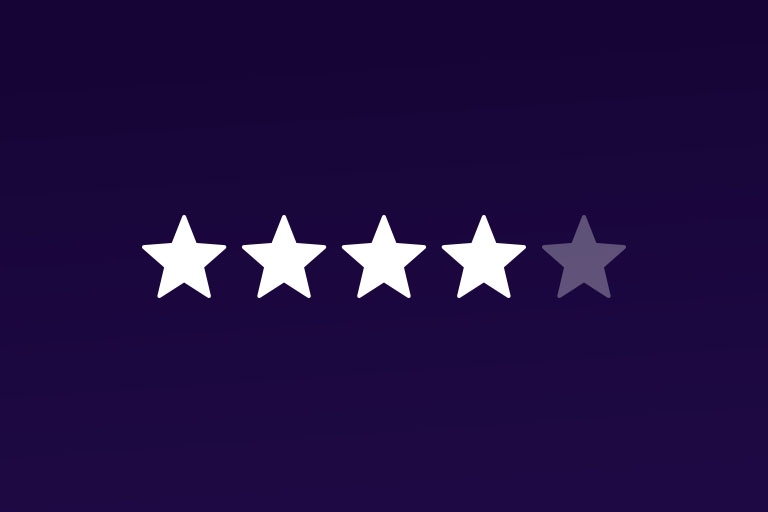In the digital age, a strong online presence is vital for businesses to thrive. Two pivotal components of building this presence are SEO (Search Engine Optimization) and content marketing. While they are distinct strategies, their interplay is essential for driving traffic, building brand authority, and ultimately, achieving business growth. This article will delve into what SEO and content marketing entail, their differences, and how to harness their combined power.
What is SEO?
SEO is the art and science of enhancing a website's visibility in search engine results. It's a multifaceted strategy that involves both user-centric and technical elements to attract organic traffic. A well-optimized site caters to the user's experience while also signaling its relevance to search engines.
Key Components of SEO
- Keyword Research and Integration: By understanding and integrating the keywords that users search for, content is tailored to meet their queries, leading search engines to rank the site higher for those terms.
- Improving Page Speed: A fast-loading page meets user expectations and is favored by search engines, contributing to better rankings.
- Responsive Design: With mobile internet usage surpassing desktop, a mobile-friendly website is imperative for user satisfaction and search engine rankings.
- Link Building: Quality inbound links from authoritative sites are seen as endorsements, prompting search engines to view the content as valuable and rank it higher.
What is Content Marketing?
Content marketing is the strategic creation and sharing of content to engage and inform an audience. It builds a brand's credibility and fosters trust by offering valuable insights and expertise.
Forms of Content Marketing
- Website and Blog Posts: These are the cornerstone of content marketing, providing in-depth information and establishing thought leadership.
- Social Media Posts: They engage with users where they spend a significant amount of time and can drive traffic back to the website.
- Advertisements: Paid search, social media, and display ads can supplement organic efforts and reach a wider audience.
- Emails and Media: These include newsletters, images, infographics, and videos that nurture leads and keep the audience engaged.
SEO vs. Content Marketing: Understanding the Distinctions
Technicality vs. Creativity
SEO is often more technical, involving both on-page and off-page optimizations that adhere to a structured approach. Content marketing, on the other hand, is more creative and subjective, focusing on crafting content that resonates with the audience.
Structure vs. Flexibility
SEO practices have a defined methodology with clear dos and don'ts. Content marketing is less rigid, relying on the marketer's ability to create content that captivates and retains the audience's attention.
SEO and Content Marketing: A Unified Approach
While SEO and content marketing have their differences, they are most effective when used in tandem. SEO makes content discoverable, and quality content fuels SEO efforts by engaging users and earning shares and links.
Strategies for Synergy
- Know Your Audience: Both SEO and content marketing require an understanding of the target audience to ensure content is relevant and visible to those most likely to convert.
- Keyword Optimization: Content should be optimized with the right keywords to ensure it ranks for relevant searches.
- Focus on Quality: High-quality, informative content leads to better engagement, higher rankings, and more shares, which in turn, boost SEO.
Conclusion
SEO and content marketing are two sides of the same coin, each playing a crucial role in a successful digital marketing strategy. By aligning technical SEO practices with creative content marketing efforts, businesses can enhance their online visibility, engage their audience, and drive meaningful growth.







